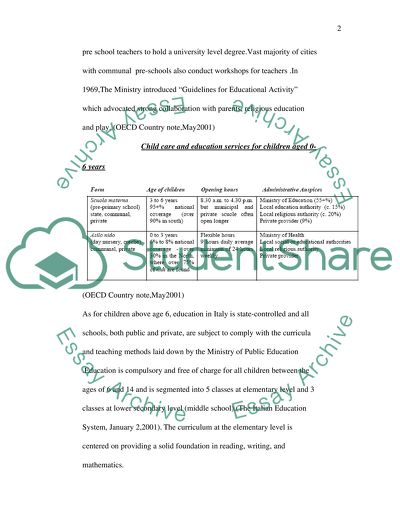Cite this document
(“Educational Programs Essay Example | Topics and Well Written Essays - 1750 words”, n.d.)
Educational Programs Essay Example | Topics and Well Written Essays - 1750 words. Retrieved from https://studentshare.org/education/1517607-educational-programs
Educational Programs Essay Example | Topics and Well Written Essays - 1750 words. Retrieved from https://studentshare.org/education/1517607-educational-programs
(Educational Programs Essay Example | Topics and Well Written Essays - 1750 Words)
Educational Programs Essay Example | Topics and Well Written Essays - 1750 Words. https://studentshare.org/education/1517607-educational-programs.
Educational Programs Essay Example | Topics and Well Written Essays - 1750 Words. https://studentshare.org/education/1517607-educational-programs.
“Educational Programs Essay Example | Topics and Well Written Essays - 1750 Words”, n.d. https://studentshare.org/education/1517607-educational-programs.


